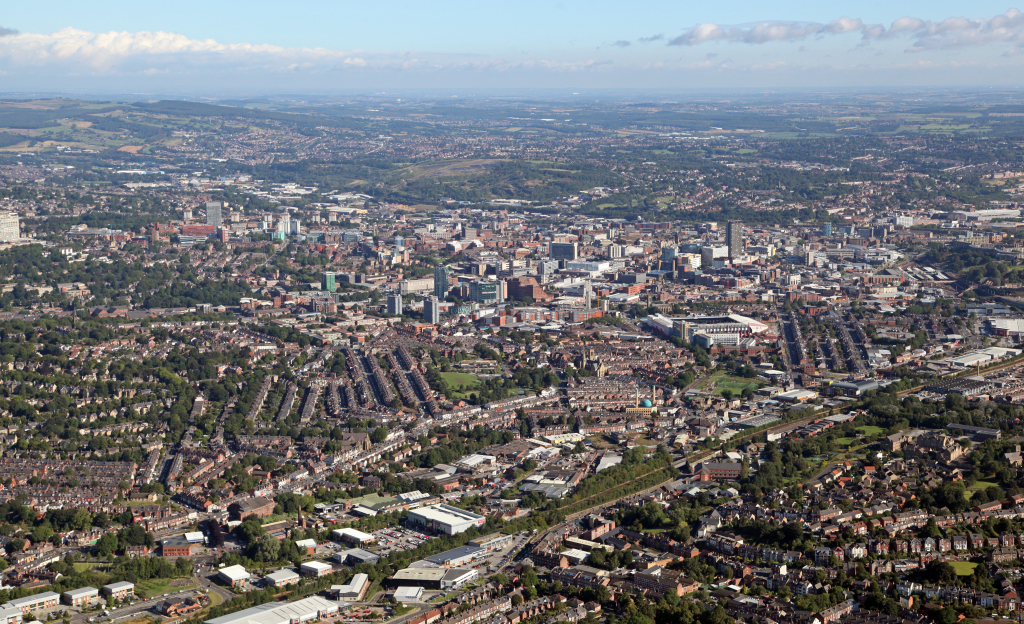Our cities are ‘naturally challenged’: here’s why

A new book co-edited by Dr Nicola Dempsey highlights the damaging mismatches between what we know about nature and what we do in practice. Online book launch of Naturally Challenged, 08 October 2020, 17.00 BST.
Lockdown has been a time when many have appreciated the urban nature around us. Maybe it has been noticing the weeds growing through the cracks in the pavement or hearing birdsong that couldn’t be heard before. Many more people have been visiting parks, which have provided much needed respite from the challenges lockdown has brought.
We have long known about the health and wellbeing benefits of urban green spaces – and Covid-19 certainly demonstrated how urban green spaces are an essential service. So why are there still longstanding problems in accessing, funding and managing our parks and green spaces? A new book (published by Springer), which I edited with Dr Julian Dobson at Sheffield Hallam University, aims to answer this question.
Too often, urban nature is not valued highly enough for local and national decision-makers to invest significant funding.
Dr Nicola Dempsey
Our new book Naturally Challenged: Contested Perceptions and Practices in Urban Green Spaces sheds light on why the health and wellbeing benefits of urban green spaces jar with the asset management approaches that view public green spaces as liabilities. With contributions from international green space management experts, the book demonstrates that it depends on how the wellbeing benefits of urban nature are analysed and valued.
Too often, urban nature is not valued highly enough for local and national decision-makers to invest significant funding. There tends to be a ‘business as usual’ approach to dealing with green spaces which are underpinned by logics of ‘we’ve done this because we’ve always done this’ or ‘that couldn’t work here’ without any exploration of the alternatives.
Knowing these logics of inaction exist means we can challenge national policymakers to secure funding for our green spaces in life beyond the pandemic.
Dr Nicola Dempsey
Such logics mean that decision-makers don’t meaningfully prioritise urban green spaces, and that is often attributed to (or blamed on) others. “It’s the public who aren’t interested in the outdoors”. “It’s the housing developers who can’t provide too much green space because it makes a development unviable”. “It’s because of other government departments and their silo mentalities”. “It’s because academics don’t provide the right evidence”.
These are all examples of ‘logics of inaction’ that are examined in the book and their implications are considered by experts from the UK, Italy and New Zealand. Knowing these logics of inaction exist means we can challenge national policymakers to secure funding for our green spaces in life beyond the pandemic.
For a chance to hear from the authors and to download chapters from the book, come to our free online book launch, 08 October 2020, 17.00 BST.